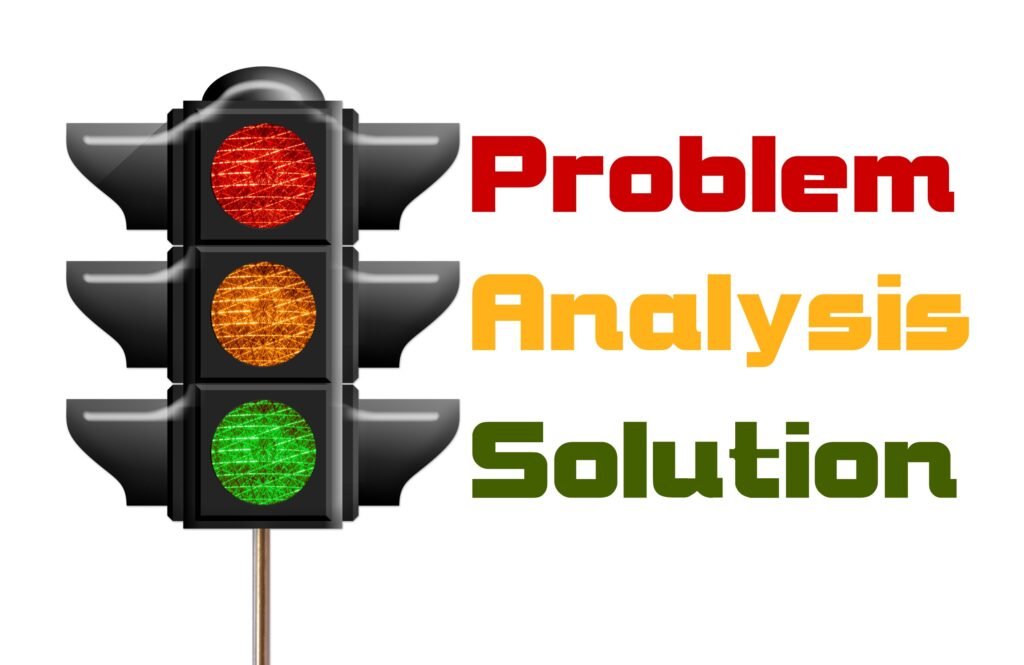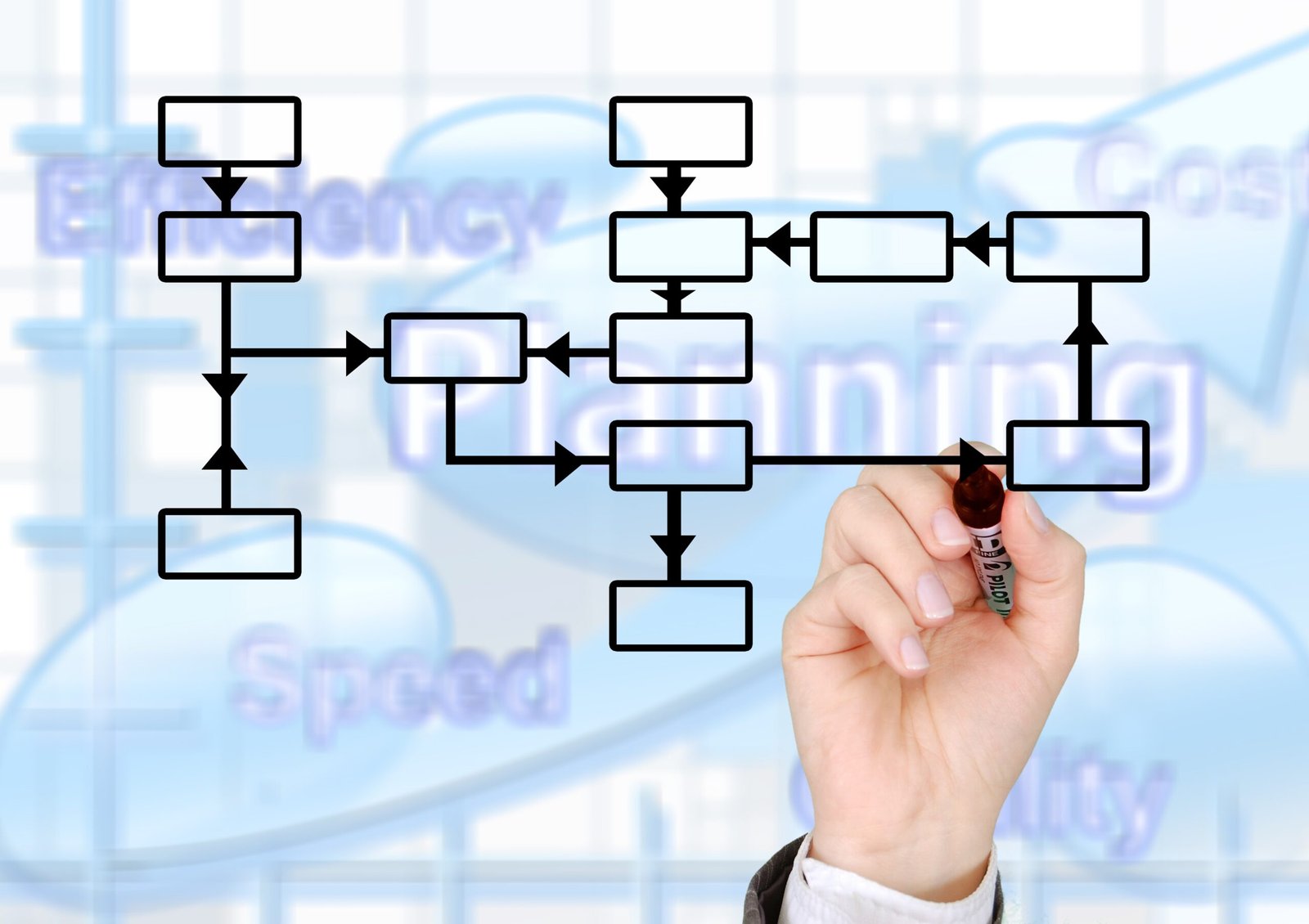Effective decision-making is critical for success in both personal and professional spheres. A decision-making framework provides a structured approach to making sound choices amidst uncertainty and complexity. This article delves into the intricacies of decision-making frameworks, exploring their types, steps, applications, tools, best practices, and challenges.
Key Highlights
- Decision-making frameworks are crucial as they help in organizing thoughts, reducing bias, improving consistency, enhancing transparency, and leading to better decisions
- The rational decision-making model assumes that decision-makers are rational and objective; they select the optimal choice based on preferences and outcomes
- The bounded rationality model acknowledges that decision-makers have limited cognitive abilities, time, and resources, leading them to select a satisfactory choice that meets their minimum criteria
- The intuitive decision-making model relies on gut feelings, instincts, and past experiences, allowing decision-makers to make quick judgments and choices
Understanding Decision Making Frameworks
2.1 What is a Decision Making Framework?
A decision-making framework is a structured process or model that guides individuals or organizations in making choices by providing a systematic approach to evaluating alternatives, considering factors, and reaching decisions.
2.2 Importance of Decision Making Frameworks
Decision-making frameworks are crucial as they help in organizing thoughts, reducing bias, improving consistency, enhancing transparency, and ultimately leading to better decision outcomes.
2.3 Components of a Decision Making Framework
Components of a decision-making framework typically include identifying the decision, gathering relevant information, evaluating alternatives, making the decision, implementing it, and evaluating its effectiveness.
Types of Decision Making Frameworks
3.1 Rational Decision Making Model
The rational decision-making model assumes that decision-makers are rational and objective, considering all available information, evaluating alternatives, and selecting the optimal choice based on preferences and outcomes.
3.2 Bounded Rationality Model
The bounded rationality model acknowledges that decision-makers have limited cognitive abilities, time, and resources, leading them to satisfice rather than optimize by selecting a satisfactory choice that meets their minimum criteria.
3.3 Intuitive Decision Making Model
The intuitive decision-making model relies on gut feelings, instincts, and past experiences, allowing decision-makers to make quick judgments and choices without conscious deliberation or extensive analysis.
3.4 Normative Decision Making Model
The normative decision-making model prescribes how decisions should ideally be made, considering logical reasoning, objective analysis, and ethical principles to achieve optimal outcomes.
Steps in the Decision Making Process
4.1 Identifying the Decision
The first step involves recognizing that a decision needs to be made and defining its scope, objectives, and criteria for evaluation.
4.2 Gathering Information
Decision-makers gather relevant data, facts, opinions, and insights to understand the problem, assess risks, and explore potential alternatives.
4.3 Evaluating Alternatives
Decision-makers analyze and compare alternatives based on criteria such as feasibility, cost, benefits, risks, and impact to identify the best course of action.
4.4 Making the Decision
Once alternatives are evaluated, decision-makers make a choice based on their preferences, constraints, and the information available.
4.5 Implementing the Decision
The chosen alternative is put into action, and resources are allocated to execute the decision effectively.
4.6 Evaluating the Decision
After implementation, decision-makers assess the outcomes, measure the success or failure of the decision, and learn from the experience for future decisions.

Applications of Decision Making Frameworks
5.1 Business Decision Making
Decision-making frameworks are widely used in business for strategic planning, project management, product development, marketing strategies, and financial investments.
5.2 Personal Decision Making
Individuals utilize decision-making frameworks in various aspects of life, including career choices, personal finances, health-related decisions, and relationship matters.
5.3 Public Policy Decision Making
Decision-making frameworks guide policymakers in formulating, evaluating, and implementing public policies related to healthcare, education, infrastructure, environmental protection, and social welfare.
Tools and Techniques for Decision Making
6.1 Decision Trees
Decision trees visually represent decision-making processes, showing possible alternatives, outcomes, and probabilities to help decision-makers assess risks and make informed choices.
6.2 Cost-Benefit Analysis
Cost-benefit analysis compares the costs and benefits of different alternatives to determine the most economically efficient option, considering both monetary and non-monetary factors.
6.3 SWOT Analysis
SWOT analysis examines the strengths, weaknesses, opportunities, and threats associated with a decision or course of action, enabling decision-makers to assess its viability and strategic fit.
6.4 Pareto Analysis
Pareto analysis identifies and prioritizes the most significant factors or issues contributing to a decision or problem, helping decision-makers focus resources on addressing the vital few rather than the trivial many.
Best Practices for Implementing Decision Making Frameworks
7.1 Define Clear Objectives
Clearly define decision objectives, criteria, and constraints to ensure alignment with organizational goals and priorities.
7.2 Consider Relevant Factors
Consider all relevant factors, including internal and external influences, uncertainties, stakeholders’ interests, and potential risks when evaluating alternatives.
7.3 Involve Stakeholders
Engage stakeholders and subject matter experts throughout the decision-making process to gather diverse perspectives, insights, and support for decision outcomes.
7.4 Evaluate and Learn from Decisions
Continuously evaluate decision outcomes, measure performance, and learn from successes and failures to improve decision-making processes over time.
Challenges and Considerations
Challenges in decision-making frameworks include dealing with ambiguity, uncertainty, conflicting objectives, cognitive biases, and resistance to change.
Frequently Asked Questions
Decision-making frameworks help in organizing thoughts, reducing bias, improving consistency, enhancing transparency, and ultimately leading to better decision outcomes.
Decision-making frameworks can be applied in personal life for making career choices, financial decisions, health-related choices, and relationship matters, enabling individuals to make informed choices and achieve their goals.
Common decision-making tools and techniques include decision trees, cost-benefit analysis, SWOT analysis, Pareto analysis, scenario analysis, and Monte Carlo simulation, among others.





